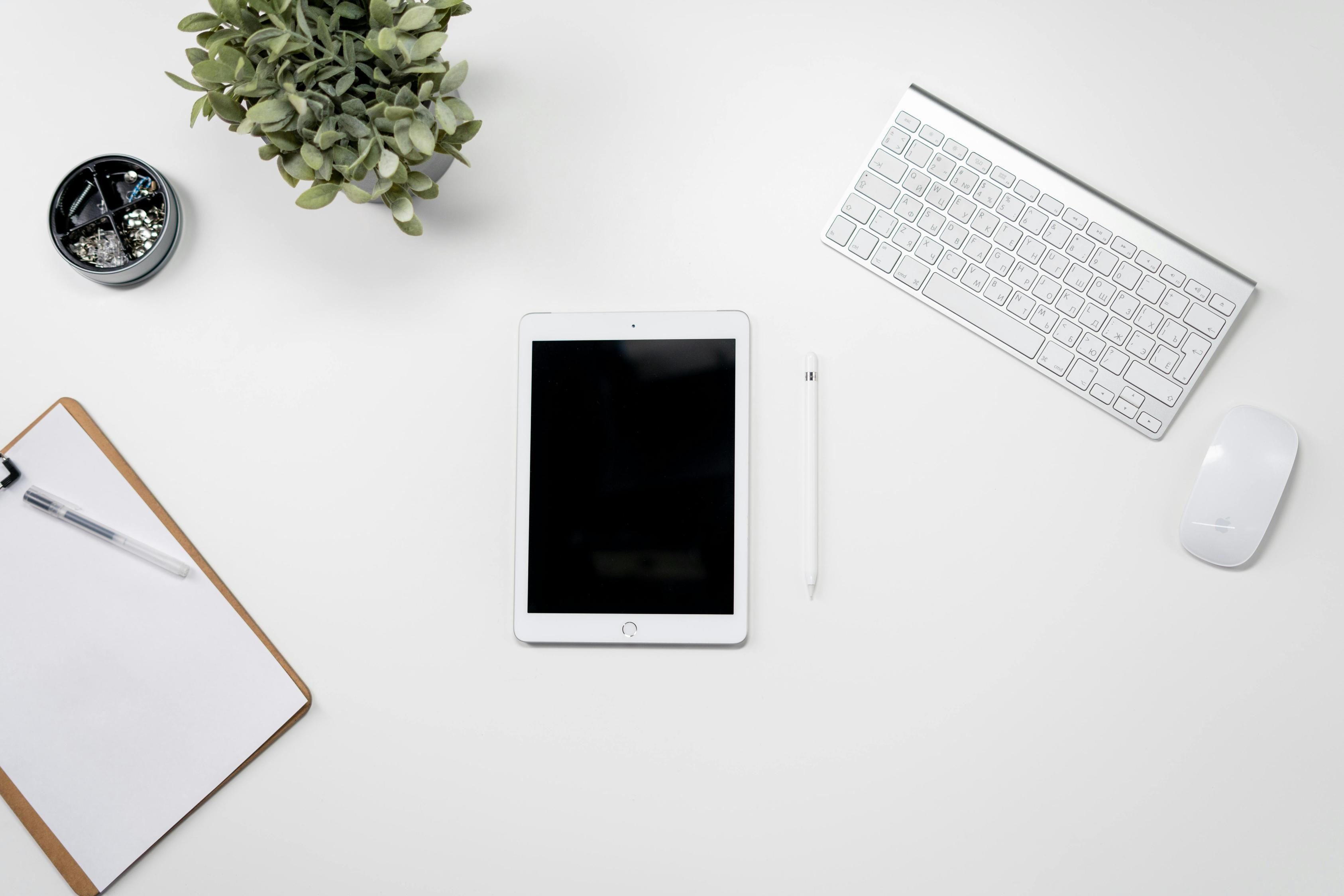Mouse Pad Not Working: Troubleshooting and Solutions
Introduction
We've all been there—you're in the middle of a task, and suddenly, your mouse pad stops working. It's frustrating, isn't it? Whether you're a gamer, a designer, or just using your computer for daily tasks, a functional mouse pad is essential. This guide will walk you through various troubleshooting steps and solutions to help you get your mouse pad back in working order.

Basic Checks
Before diving into complex solutions, it's always good to start with basic checks. Sometimes, the simplest solutions are the most effective.
Check the Surface
The surface you're using your mouse pad on can significantly affect its performance. Ensure the surface is flat and even. If the surface is too textured or glossy, it may interfere with the mouse's sensor.
Ensure Cleanliness
A dirty mouse pad can cause tracking issues. Make sure to clean your mouse pad regularly. Use a damp cloth and mild detergent to wipe it clean. Let it dry completely before using it again.
Reboot the Computer
Sometimes, the issue may not be with the mouse pad itself but with your computer. A simple reboot can refresh system settings and solve minor glitches.
Software-Related Issues
If basic checks didn't resolve the issue, the problem might be software-related. Let's delve into software troubleshooting steps.
Update Drivers
Outdated or corrupted drivers can cause your mouse pad to malfunction. Go to the Device Manager and check for updates for your mouse driver. If an update is available, install it and reboot your computer.
Check for Conflicting Software
Certain software applications can interfere with your mouse pad's functionality. Try running your computer in Safe Mode to see if the issue persists. If your mouse pad works in Safe Mode, you'll need to identify and uninstall the conflicting software.
Run Diagnostic Tools
Most operating systems come with built-in diagnostic tools. Use these tools to identify and fix any software issues that might be affecting your mouse pad's performance.

Hardware Troubleshooting
If software fixes didn't work, it might be a hardware issue. Here's how to troubleshoot hardware-related problems.
Inspect the Mouse
Check your mouse for any physical damage. Ensure the sensor at the bottom is clean and unobstructed. Sometimes, a small piece of debris can interfere with its performance.
Test on Another Device
To rule out issues with your computer, try using your mouse on another device. If it works, the problem might be with your computer. If it doesn't, you might need a new mouse.
Use a Different USB Port
Sometimes, the USB port you're using can be the culprit. Try plugging your mouse into a different USB port to see if that resolves the issue.
Mouse Pad Compatibility
Ensuring your mouse pad is compatible with your mouse can solve many performance issues.
Check Specifications
Different mice have different specifications. Ensure your mouse pad meets the requirements of your mouse. For example, some mice require a high-DPI mouse pad for optimal performance.
Evaluate the Mouse Pad Material
The material of the mouse pad can also affect performance. Cloth mouse pads are generally better for optical mice, while hard surface pads work well with laser mice. Make sure to choose a material compatible with your mouse type.
Consider Gaming vs. Regular Mouse Pads
If you're a gamer, you might need a specialized gaming mouse pad designed for precise movements. Regular mouse pads are fine for everyday tasks but might not offer the precision required for gaming.

Advanced Solutions
If you're still facing issues, you might need to consider advanced troubleshooting steps.
BIOS and Firmware Updates
Outdated BIOS or firmware can cause various hardware issues, including a non-functional mouse pad. Check the manufacturer's website for any available updates and follow the instructions to install them.
Windows Settings Adjustments
For Windows users, certain settings can interfere with mouse performance. Go to Settings > Devices > Mouse and check the pointer speed and other settings. Make adjustments if necessary.
MacOS Settings Adjustments
Mac users should go to System Preferences > Mouse and check the settings. Ensure everything is set up correctly and make any necessary adjustments.
Conclusion
Dealing with a non-functional mouse pad can be frustrating, but there are several troubleshooting steps you can take to resolve the issue. Start with basic checks, then move on to software and hardware troubleshooting. Ensure your mouse pad is compatible with your mouse, and consider advanced solutions if needed. By following these steps, you can get your mouse pad back in working order and get back to your tasks.
Frequently Asked Questions
Why is my mouse pad not working on a glass surface?
Mouse pads usually don't work well on glass surfaces due to the lack of texture needed for the sensor to track movements accurately. Consider using a different surface or a specialized mouse pad designed for glass.
How do I know if my mouse pad is compatible with my mouse?
Check the specifications of both your mouse and mouse pad. Ensure that the material and DPI rating of the mouse pad match the requirements of your mouse.
What should I do if none of the troubleshooting steps work?
If none of the troubleshooting steps work, you might need to replace your mouse or mouse pad. Ensure to choose a compatible and high-quality replacement to avoid future issues.



